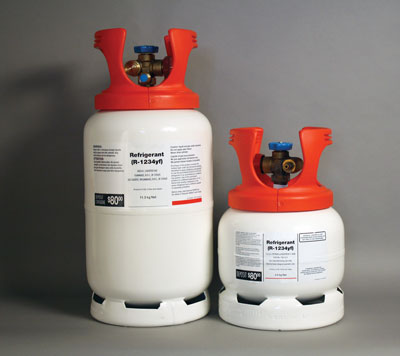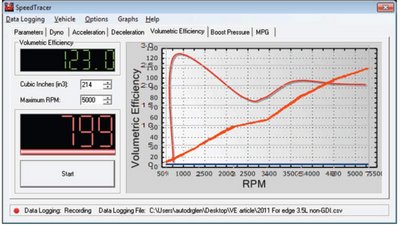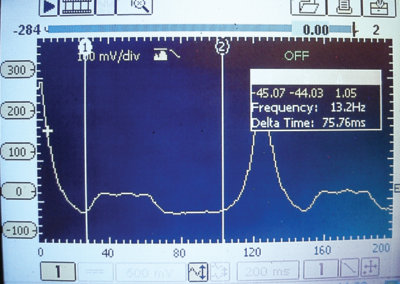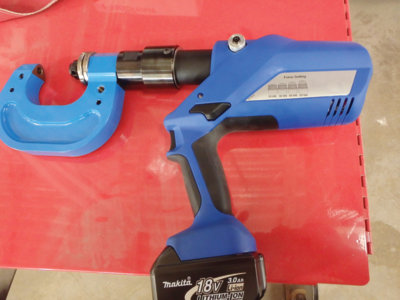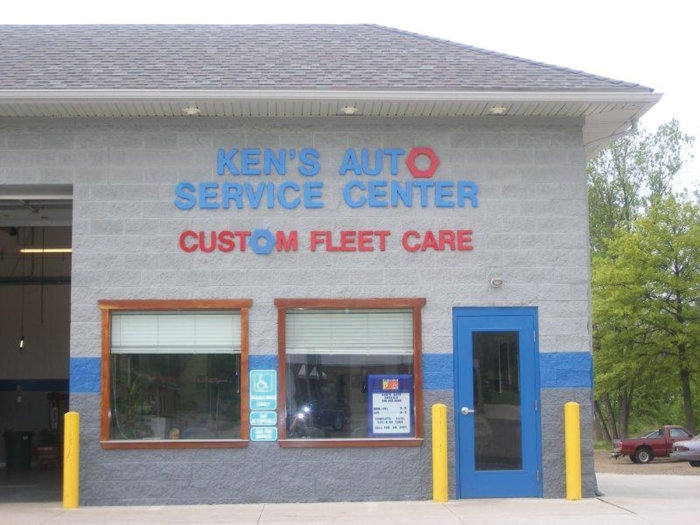Automotive shop owners and technicians can supercharge productivity and customer satisfaction with software featuring ShopStream connectivity from Snap-on Diagnostics. ShopStream integrates shop management, scanner, component testing and repair information systems for the first time to make every aspect of service and repair software-based and PC-driven.
ShopStream is a breakthrough workflow connectivity standard designed for both Mitchell 1 TeamWorks and ShopKey Professional software suites. The diagnostic software integrates with the shop management, estimating and repair information systems, increasing productivity and improving communication throughout the shop. Repairs seamlessly flow from vehicle owners to service writers to technicians and back again giving shop owners complete visibility to their business. Technicians seamlessly move between the repair order and their essential tools: scanner, repair information and component test information. No more separate pieces of hardware and repeated vehicle ID steps.
With ShopStream-enabled software, the entire repair facility is now fully networked, including technicians. Everyone in the shop is literally on “the same page” with every vehicle. Now the power of the Snap-on scanner, the expert information in Fast-Track Troubleshooter and comprehensive component test information are seamlessly integrated in a PC-based diagnostic module.
“Now more than ever, shops have to focus on their bottom line just as much as their expertise,” stated Gerry Beronja, director, Global Marketing, Snap-on Diagnostics. “Everyone involved in the repair process wants to get customers out the door fast and happy. In other words, the challenge is productivity, which echoes the Snap-on mission.”
For technicians, it means dramatic increases in productivity. All information collected from the customer at the front desk is now available to technicians without leaving the job. Scan tool capabilities are available from the same software application as their repair information system, and the Snap-on Fast-Track Troubleshooter experienced-based information has been re-designed for user-friendly access on the PC.
For shop owners and service managers, ShopStream means being able to book more repairs each day because technicians are more productive and diagnostic trouble codes are captured right on the repair order. These capabilities improve customer confidence and enable the shop to sell more work. For parts suppliers, it means more accurate orders and faster deliveries. And for vehicle owners, it means an even higher level of quality service that builds greater loyalty.
ShopStream integration means more than a collection of two or more connected computers. The integrated solution drives efficiency and productivity by making software as thoughtful about moving vehicles through the shop as it is about sharing information. Most important, it focuses on the vehicle owner’s experience. It’s the new way of servicing customers.
“ShopStream connectivity puts an end to the frustrating communication breakdowns between people in the shop, suppliers and vehicle owners,” said David Ellingen, president, Mitchell 1 and Snap-on Diagnostics. “It makes experiences seamless for people and processes — from service writing to diagnostics, to vehicle history, to repair information, to parts inventory, to billing to customer relationship management.”
With ShopStream integration built into Mitchell 1 and ShopKey solutions, the entire repair facility can access integrated offerings that include shop management, flat rate times, parts databases, repair information, scan tool capabilities and advanced customer retention tools – all backed by technical support, training and financing. These solutions provide everyone in the shop with access to real-time information for improved decision-making. Shops can bring customer relationships to a new level, drive greater productivity and profitability, promote growth and reduce operating costs, and give their business the competitive edge it needs to flourish in new ways.
This increased productivity and ease of access is remarkably affordable for either existing users of Mitchell 1 and ShopKey or new users of the software suite. ShopStream-enabled diagnostic software is available only through Snap-on. Shop owners and technicians can talk to their Snap-on Diagnostic Sales Developers or visit www.shopstream.snapon.com for more information.


